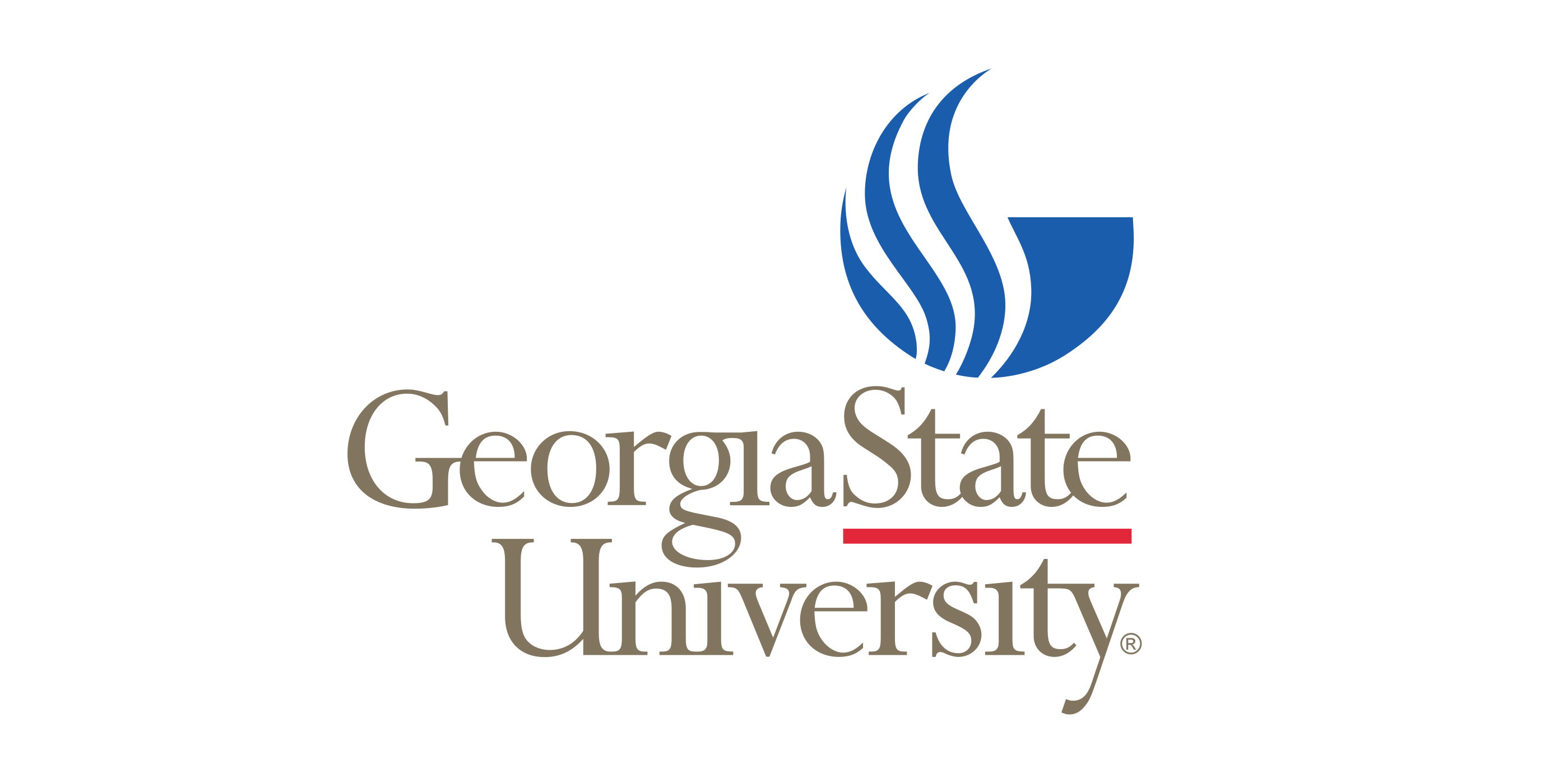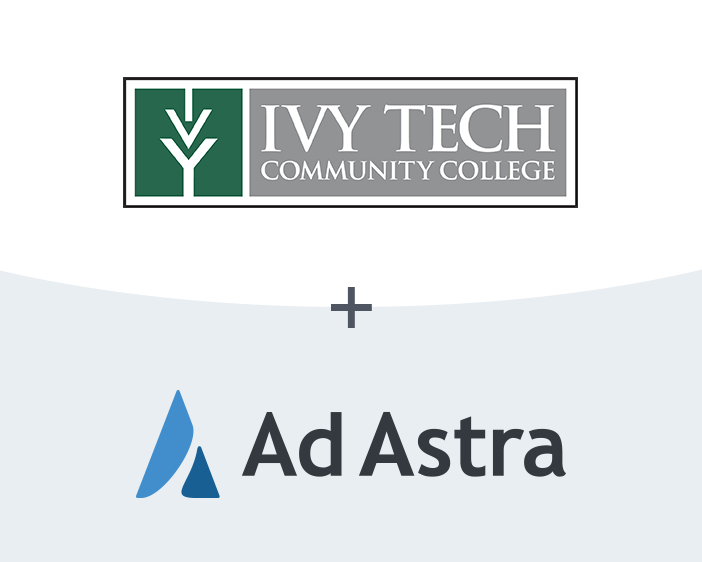This article was recently published on eSchoolMedia.com.
In the world of public policy, “bending the curve” describes efforts to change the conditions of a problem so that the result improves. The concept was popularized in healthcare to describe the impact of breakthroughs in genomics on the cost of care, and is now often used to describe the potential for new power sources to transform the energy efficiency landscape. With good reason, its a term that has increased resonance among institutional leaders today.
Our colleges and universities face both daunting challenges and unprecedented opportunity. They are preparing an increasingly diverse body of students for an increasingly dynamic future. It is an imperative that is rooted in the missions of our institutions, but with growing economic and moral dimensions. A college education is increasingly required for a majority of all jobs, and individuals with a bachelor’s degree earn 84 percent more over a lifetime than those with a high school diploma.
The challenge and opportunity is magnified by the growth of an increasingly diverse student population. They are older, and more of them are balancing full-time jobs and family obligations with their education. Many adults are returning to college, but just one-third of these students graduate within eight years. Nearly 40 percent of students now attend a college or university on a part-time basis. At community colleges, that rate is 61 percent.
The shifting demographics of higher education are creating well-documented complexity for institutions being asked to do more with less. We are challenged to increase capacity while maintaining quality, with fewer resources. We are asked to create new pathways to workforce-relevant degrees and credentials. And we are experimenting with digital and online tools that can enable unprecedented access to learning and challenges for students and educators.
But at every institution, there lies a fundamental piece of the education puzzle that is central to these issues, but is often overlooked: the schedule. While the course schedule forms the center of a student’s educational experience, schedules are often unbalanced, overloaded, and inefficient on campus—which can have a direct impact on retention efforts.
In fact, of the more than 200 campuses included in our Higher Education Schedule Index (HESI), less than one-third of courses are considered “balanced,” with an enrollment ratio between 70 and 95 percent. While a class over 95 percent filled might seem positive—since it’s “full”—high fill rates often indicate the existence of an overloaded course, which can create troubling bottlenecks for students. These courses are often vital steps on the path to graduation and if a student cannot access them at the time they need to, the result can be a delayed graduation or worse. Meanwhile, classes with enrollment of less than 70 percent indicate excess capacity and underutilized courses.
This lack of balance leads to increased waste in the schedule, and has been shown to lower retention rates and slow graduation rates. While institutional leaders and faculty can readily share anecdotes about the schedules impact in erecting barriers or serving as a catalyst for graduation, there been precious little data to demonstrate the relationship.
However, the application of technology within the scheduling process has begun to shed new light on the potential of the schedule to improve retention and completion outcomes. As a result, we’re beginning to learn how the creation of balanced schedule improves retention and graduation rates. A growing number of institutions are, in turn, rethinking the schedule to improve outcomes and create new institutional efficiencies. At Stephen F. Austin State University, for example, university leaders were able to identify demand and add needed sections, generating $1.4 million in net revenue. Likewise Stark State College increased the number of credit hours students were able to take in a semester, increasing their tuition yield by $1.3 million in one academic year, while saving $2 million in instructional costs.
They are not alone. Institutions are learning that if they are to meet the demands of our new generation of learners and fulfill the promise of higher education—to truly bend the curve on student outcomes—they must take advantage of the most powerful variable of all: time.
Learn more at Bending the Curve: How Colleges and Universities can Rethink the Course Schedule to Graduate More Students, Faster.









